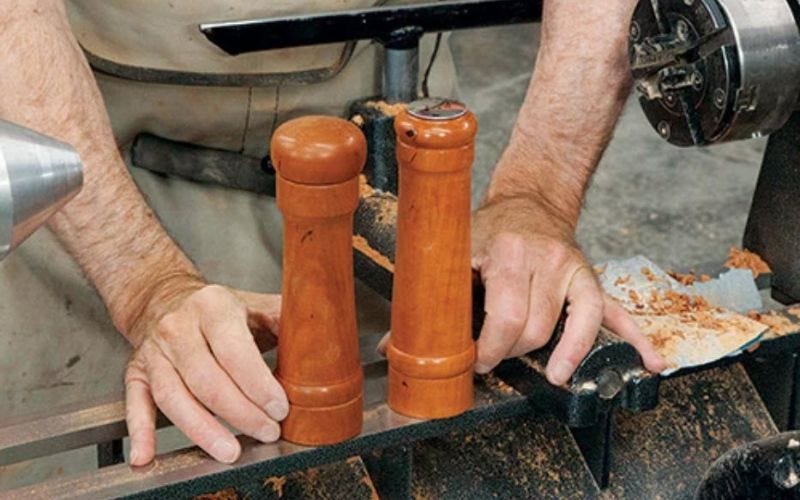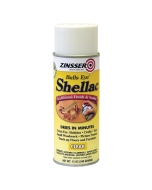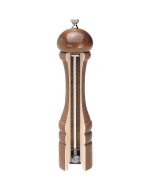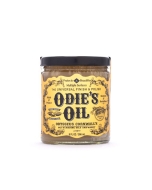Sealing Turnings for Food Use?

There are several good reasons to seal raw wood that will be used for food-contact items, such salt shakers and pepper mills.
I am planning to make a salt box and pepper mill from a jobillo wood blank. My question is, after hollowing out the insides of each, should they be finished/sealed with poly, shellac, a food-grade oil or anything at all? I'm not sure if the oils from the wood are harmful or will react negatively with either the salt or peppercorns.
Tim Inman: Astronium graveolens is the "other" name for jobillo. It is an oily Central American wood. I would seal the inside, if it were my project, for two reasons: stability and toxicity. Sealing will help stabilize the wood and prevent it from distorting. You can't stop moisture exchange, but you can slow it down. Salt is obviously going to dry the wood, but pepper will also draw moisture. So, sealing is good.
Toxicity is another issue, although probably a minor one. A little quick search confirmed my suspicion. Jobillo is in a nut tree family with cashews. Cashews, Anacardium occidentale, protect themselves and their seed pods with anacardic acid, which is related to urushiol. Where else might one find urushiol? Poison ivy. The risk of sensitization is certainly more to the maker (you) than to the user of the salt or pepper. The risk is also very small. Some people (like me!) are very sensitive to poison ivy, though, and just a little exposure can be a problem. (Could this have anything to do with my working exotic furniture woods for decades?!)
Many of our favorite hardwoods have natural defense oils and other mechanisms built into them by Mother Nature. We use these woods all the time, and they make beautiful things. No need to panic, but knowing our materials always helps us make better choices in selecting and using them. My advice: don't breathe the dust, and wash your hands with soap and water immediately after working with these woods.
Chris Marshall: A third reason to seal food-contact woods is to keep their odors from altering flavor. Two examples come to mind for me. First, cocobolo. It's an incredibly beautiful exotic in the rosewood family and a darling for woodturners. But unfinished cocobolo has a powerful peppery smell. Second, Port Orford cedar. The camphor-like odor that this softwood emits reminds me of VapoRub from my childhood colds. In smelly situations like these, I'd coat the wood with dewaxed shellac, which will both hide the odor and provide a durable, food-safe finish. Or choose a less smelly species to begin with.
Keep the inspiration coming!
Subscribe to our newsletter for more woodworking tips and tricks



